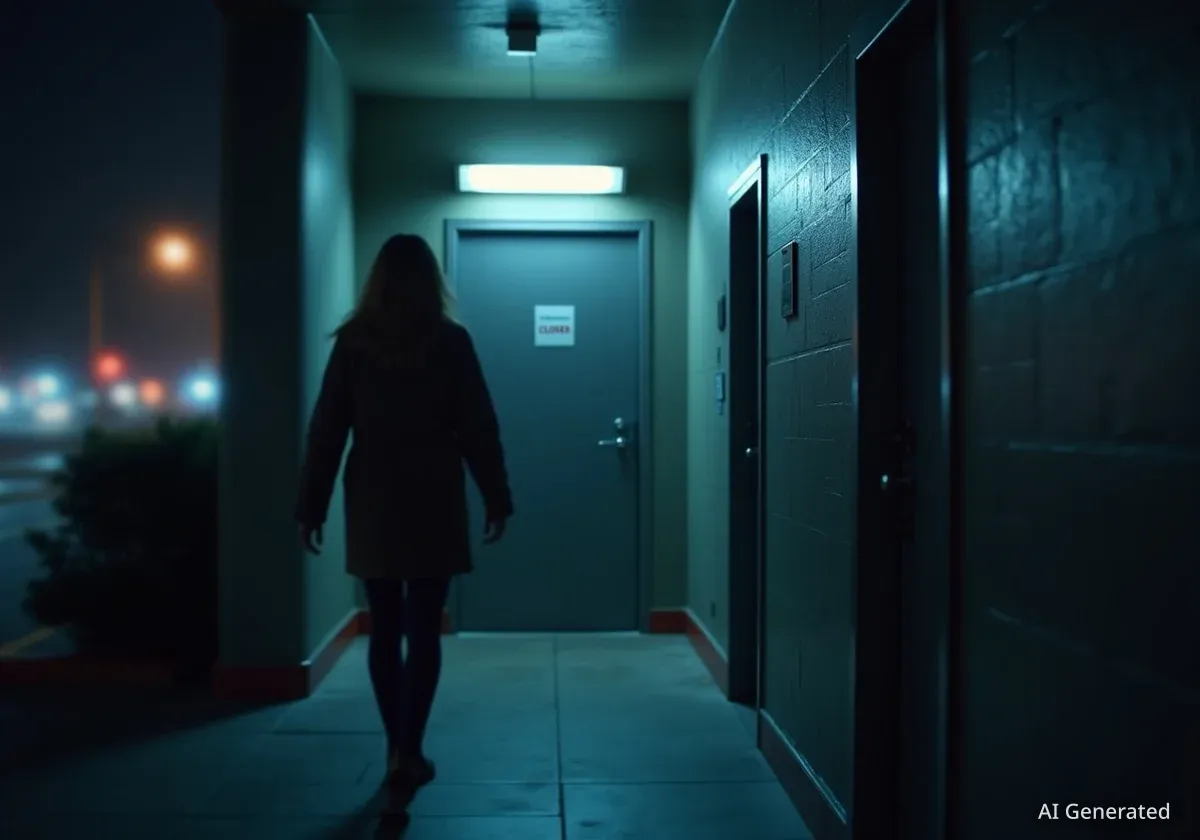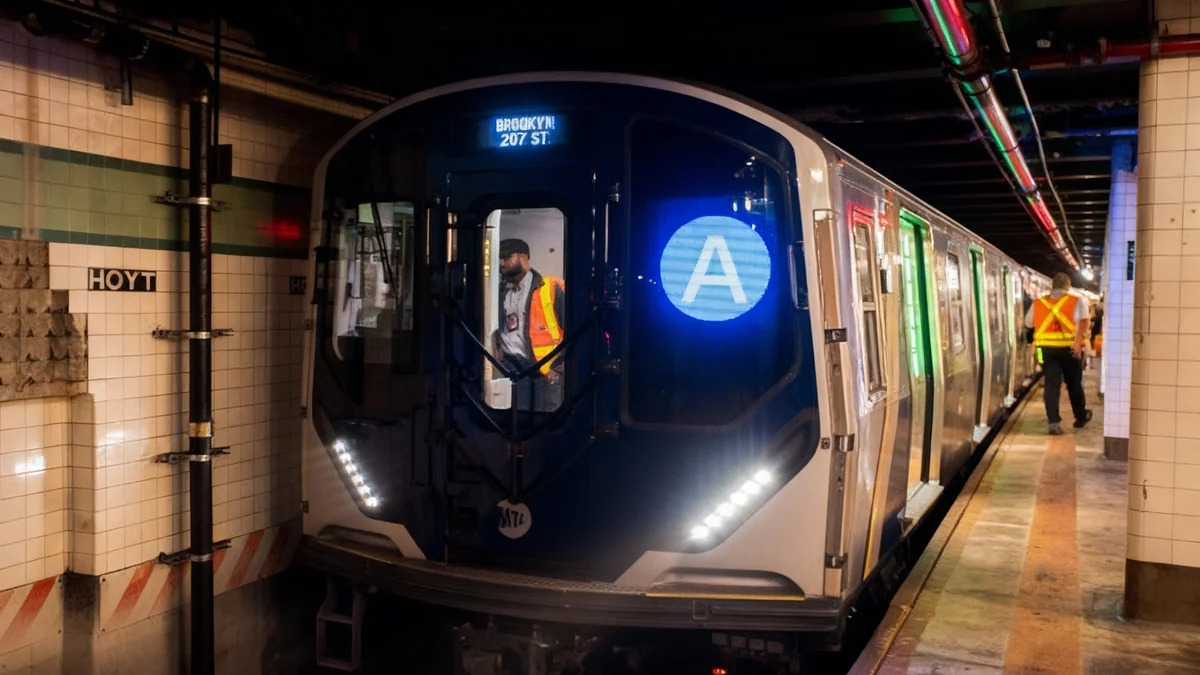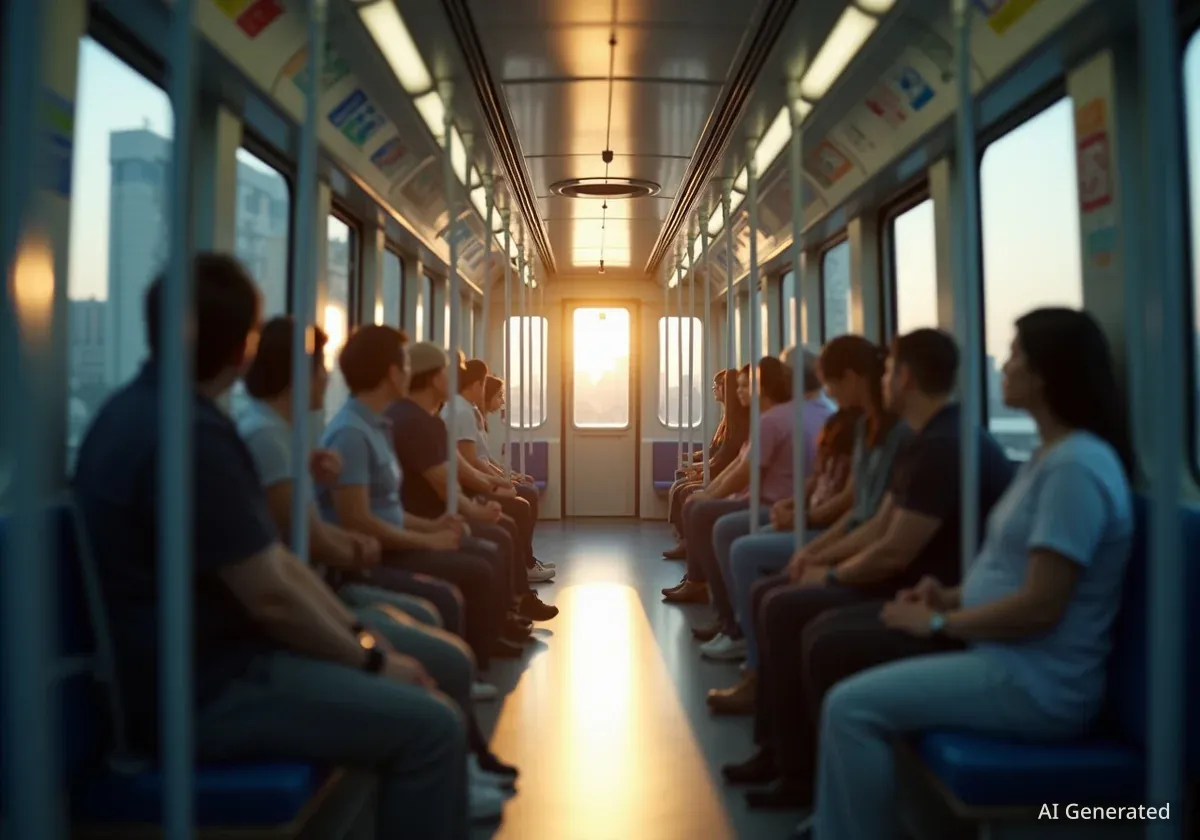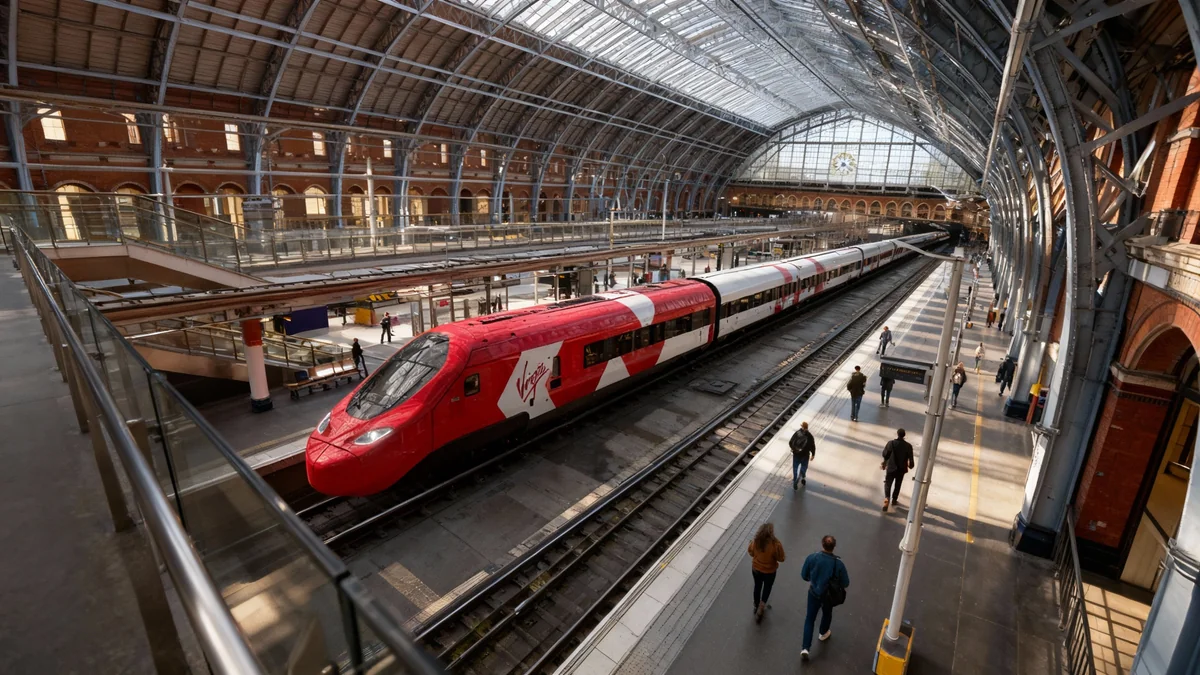New York's Metropolitan Transportation Authority (MTA) has begun installing specially designed barriers on its No. 7 train cars in a direct effort to stop the dangerous practice of subway surfing. The initiative follows a successful pilot program and aims to prevent individuals from climbing onto the roofs of moving trains, a trend that has resulted in multiple fatalities this year.
The installation process is now underway across the entire fleet of R188 cars that service the 7 line, marking a significant physical intervention by the transit agency to address a persistent and high-risk behavior.
Key Takeaways
- The MTA is installing anti-surfing barriers on all No. 7 line subway cars.
- The project follows a successful prototype test that began in January 2025.
- The installation is expected to be completed in 2026 at an estimated cost of $10 million for the pilot phase.
- This year, five deaths have been attributed to subway surfing, according to NYPD data.
- The MTA may expand the barriers to the J and No. 6 lines depending on the program's effectiveness.
A Direct Response to a Deadly Trend
The decision to implement physical barriers comes after a series of tragic incidents. According to the New York City Police Department, there have been five confirmed fatalities from subway surfing in 2025 alone. The most recent case involved two teenage girls in Brooklyn, highlighting the urgent need for preventative measures.
Subway surfing, which involves riding on the exterior of a train, is not a new phenomenon, but its recent resurgence, often amplified on social media, has alarmed city officials and transit authorities. The MTA's new strategy moves beyond public awareness campaigns like "Ride inside, stay alive" to create a physical deterrent.
The Human Cost of a Dangerous Stunt
Subway surfing exposes individuals to extreme dangers, including electrocution from overhead power lines, impact with tunnel structures, bridges, and station equipment, or falling from a train moving at high speed. The decision to invest in a costly engineering solution underscores the severity of the problem and the failure of public messaging alone to curb the behavior.
The installation of these barriers represents one of the most direct engineering solutions the MTA has deployed to combat this specific issue. The goal is to make it significantly more difficult, if not impossible, for individuals to access the roof of the train cars from the areas between them.
The Design and Rollout Plan
The current barrier design is the result of a phased development process. A prototype was first installed on a single No. 7 train car in January 2025 to test its feasibility and durability under real-world operating conditions.
Following the successful test period, engineers developed a second, refined version of the barrier. This updated design was created to fully comply with the rigorous standards and operational requirements set by New York City Transit. The focus was on ensuring the barriers did not interfere with normal train operations, maintenance, or emergency procedures while still serving their primary safety function.
The installations are being carried out at the Corona Maintenance Facility in Queens, where the R188 cars that operate on the 7 line are serviced. The MTA anticipates that the full rollout across every car on the line will be completed sometime in 2026.
The barriers are visible as tall, curved metal sheets installed between the train cars. They effectively close the gap that individuals often use to climb onto the coupling mechanism and subsequently onto the roof. Their height and smooth surface are intended to prevent anyone from getting a handhold or foothold.
Financial Investment and Future Expansion
The MTA has allocated approximately $10 million for this pilot program. This initial funding covers the design, fabrication, and installation of the barriers for the entire No. 7 train fleet. The agency views this as a critical investment in passenger safety.
The effectiveness of the barriers on the 7 line will be closely monitored. Transit officials will collect data on incidents of subway surfing on the line to determine if the physical deterrent is successful. If the program proves effective in reducing or eliminating the practice, the MTA will consider expanding it to other subway lines where subway surfing is prevalent.
Potential Future Installations
Based on incident data, the agency has already identified two additional lines as potential candidates for the barriers:
- The J line
- The No. 6 line
A decision on expanding the program will depend on a thorough evaluation of the 7 line rollout, including its impact on surfing incidents, maintenance costs, and overall operational integrity. The financial implications of a system-wide installation would be substantial, requiring a careful cost-benefit analysis.
The Broader Context of Subway Safety
This initiative is part of a larger, multi-faceted approach by the MTA to improve safety and security across the sprawling New York City subway system. While the anti-surfing barriers address a very specific and visible danger, the agency continues to tackle other pressing issues, from track intrusions to crime within the system.
The MTA's message remains unequivocal: riding on the outside of a train is a life-threatening activity. While public service announcements and community outreach will continue, the installation of these barriers shows a new level of commitment to preventing further tragedies through direct, physical intervention. For commuters on the 7 line, the new additions will be a daily reminder of the risks involved and the city's efforts to keep its riders safe.





